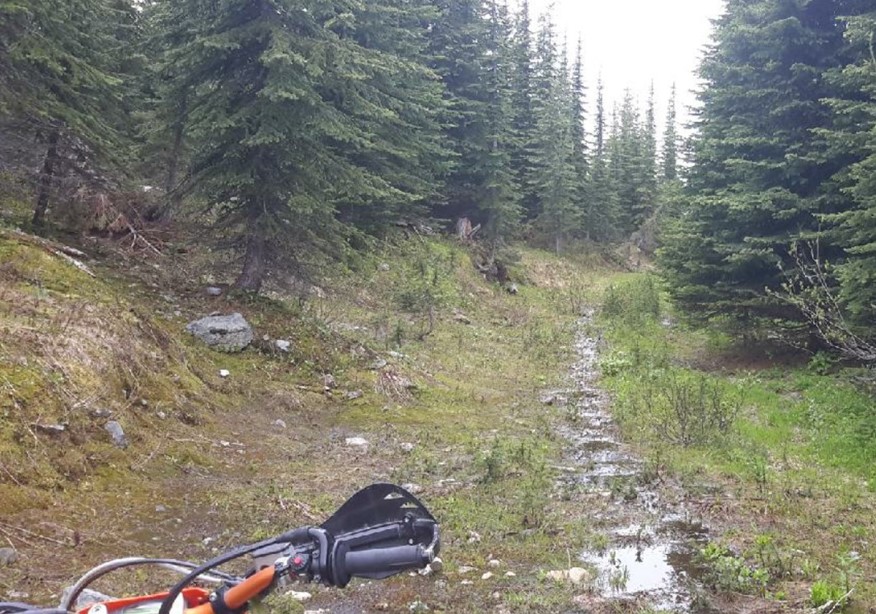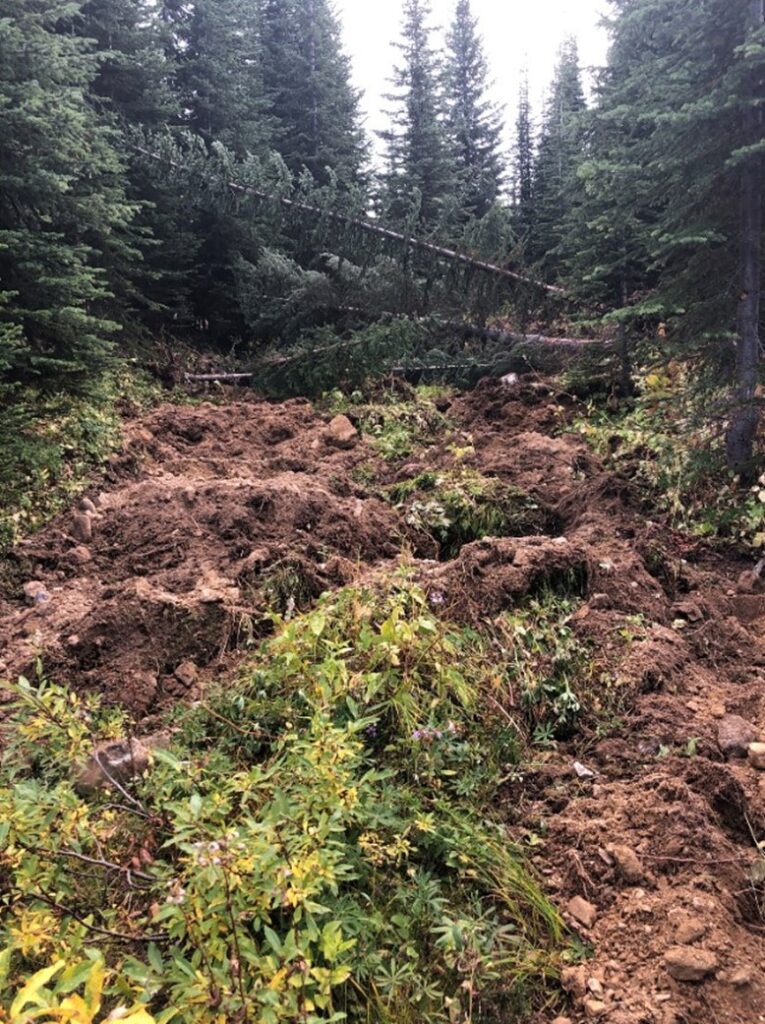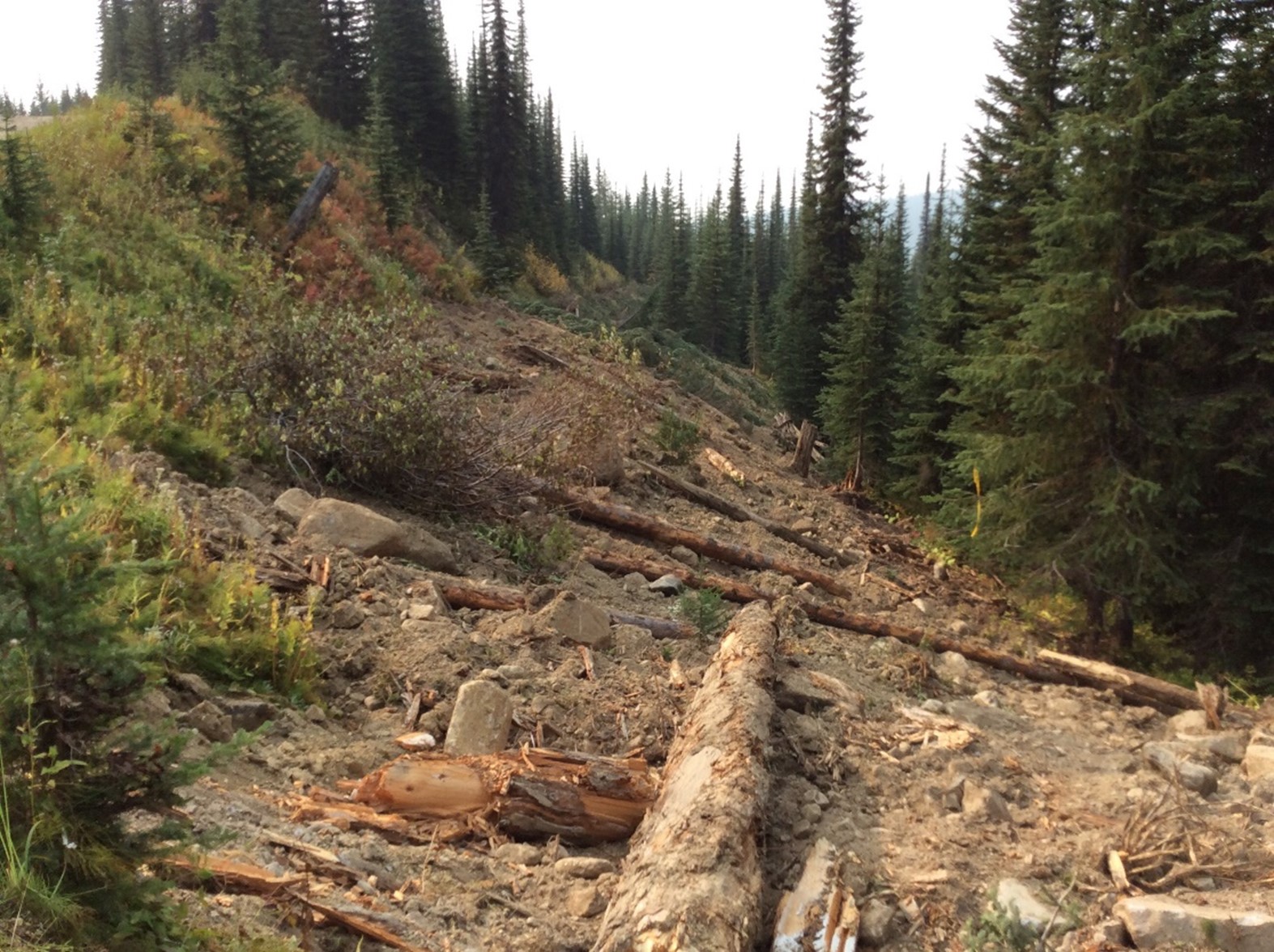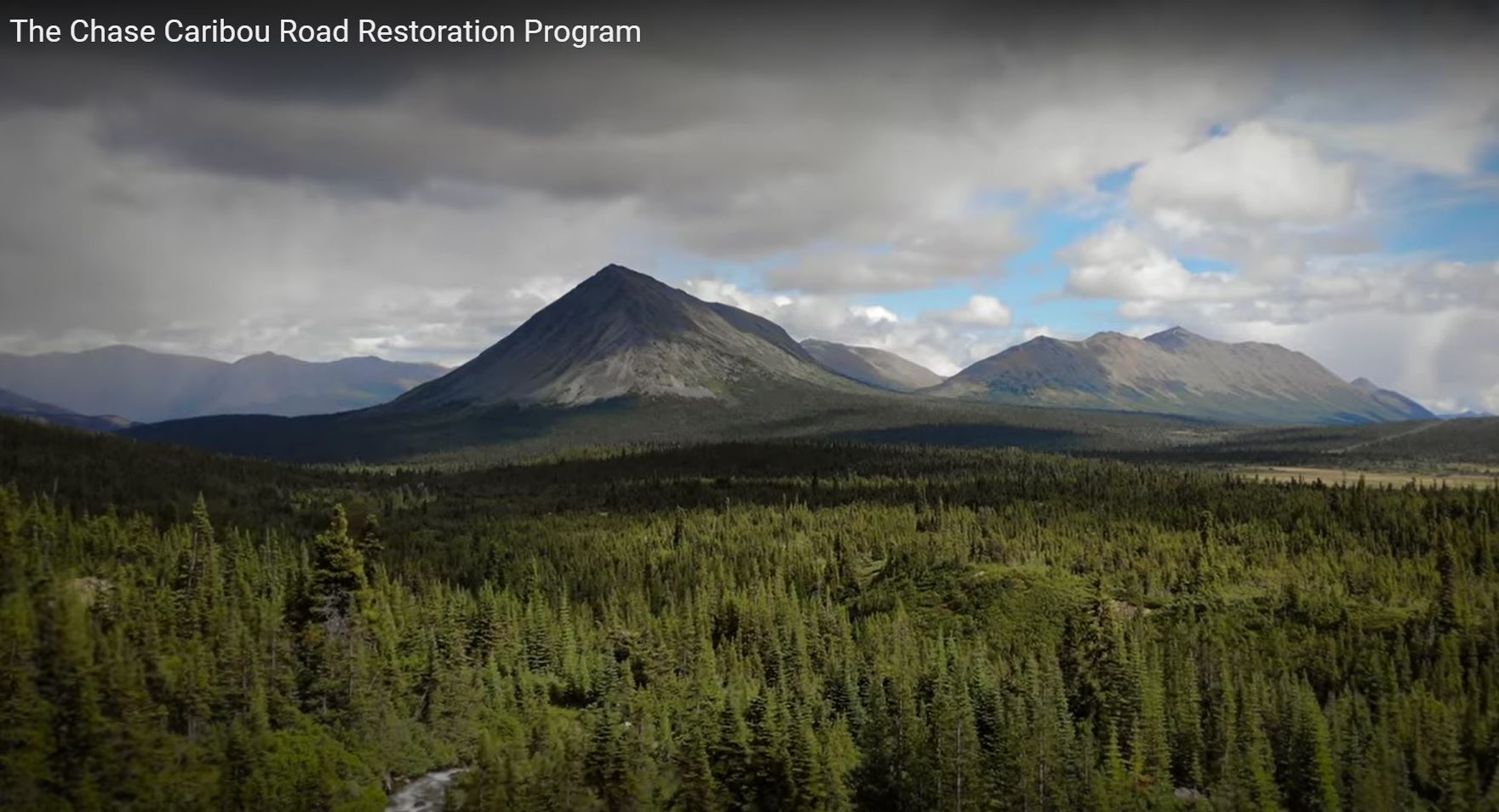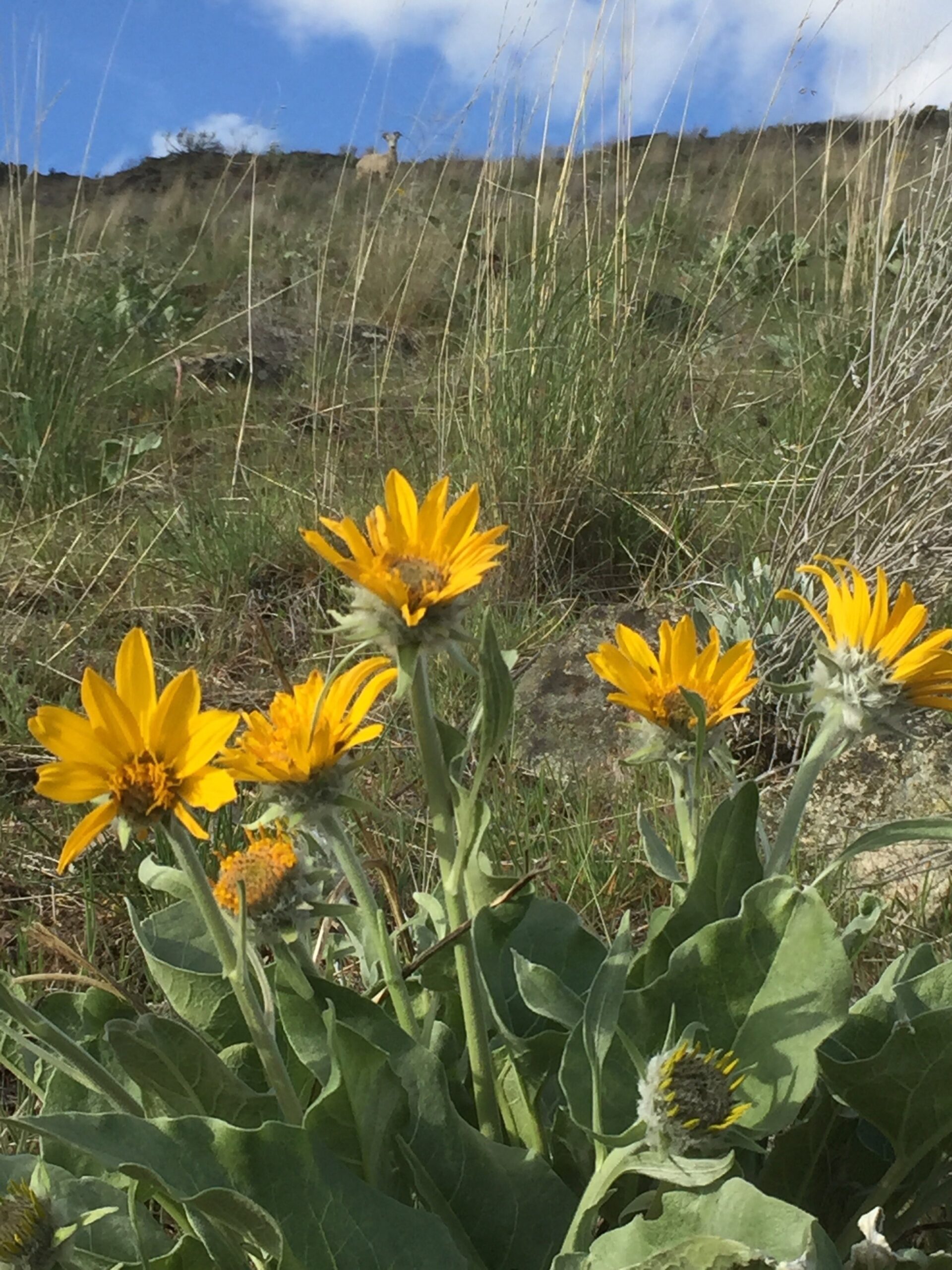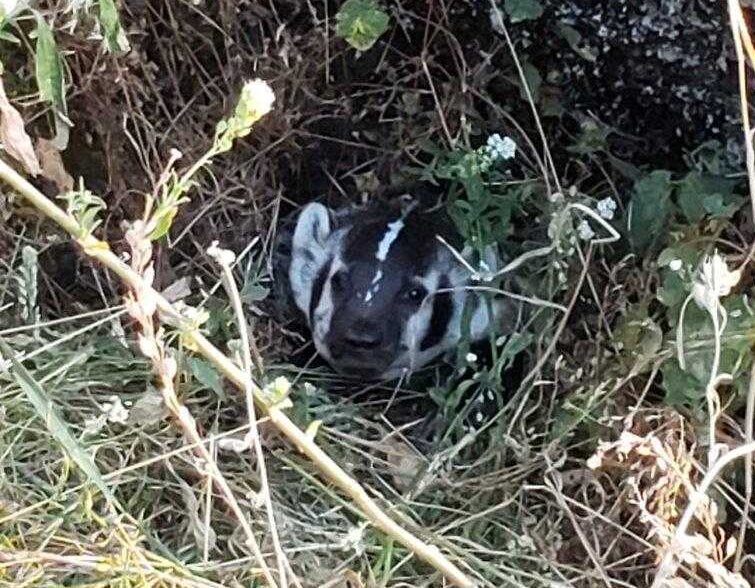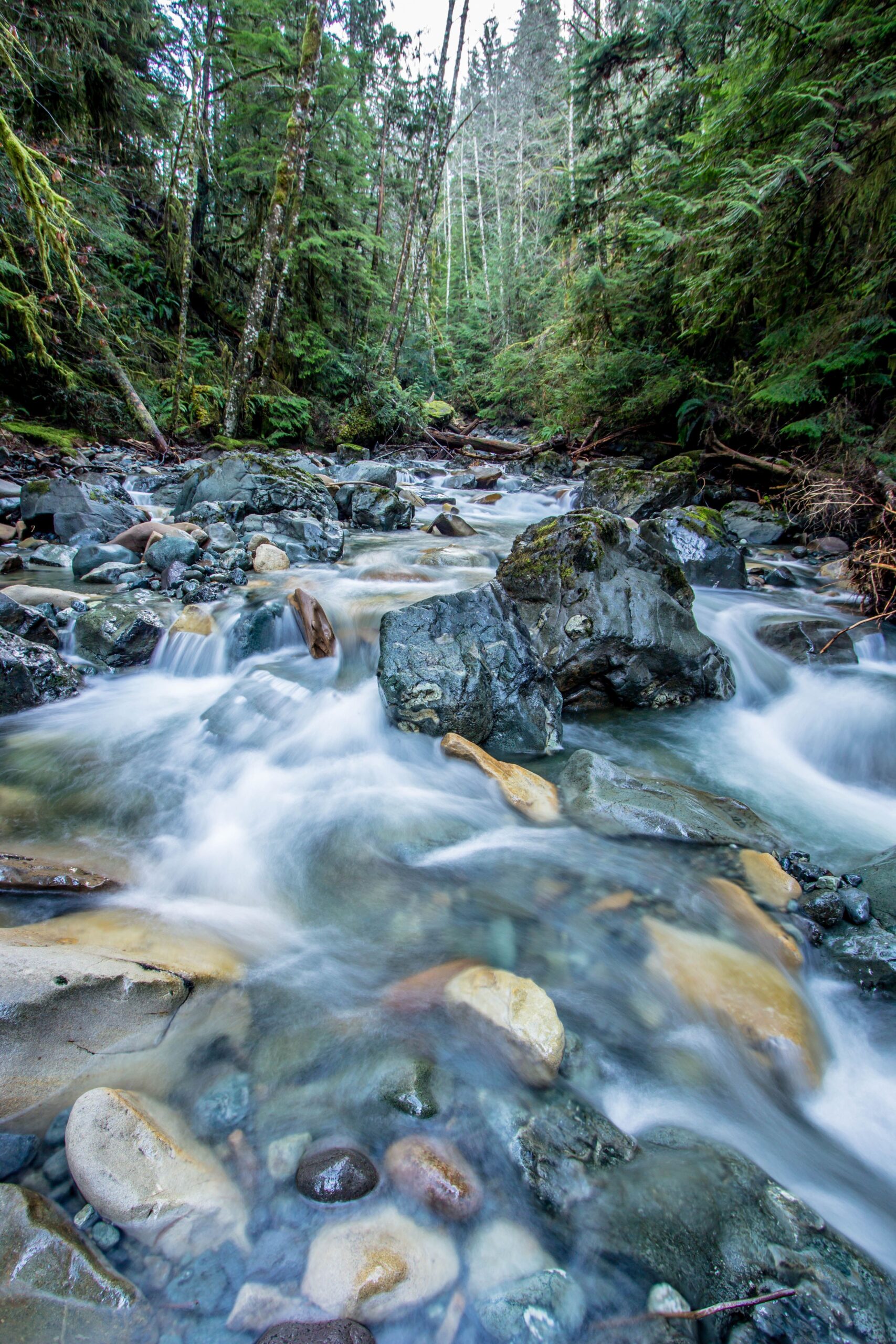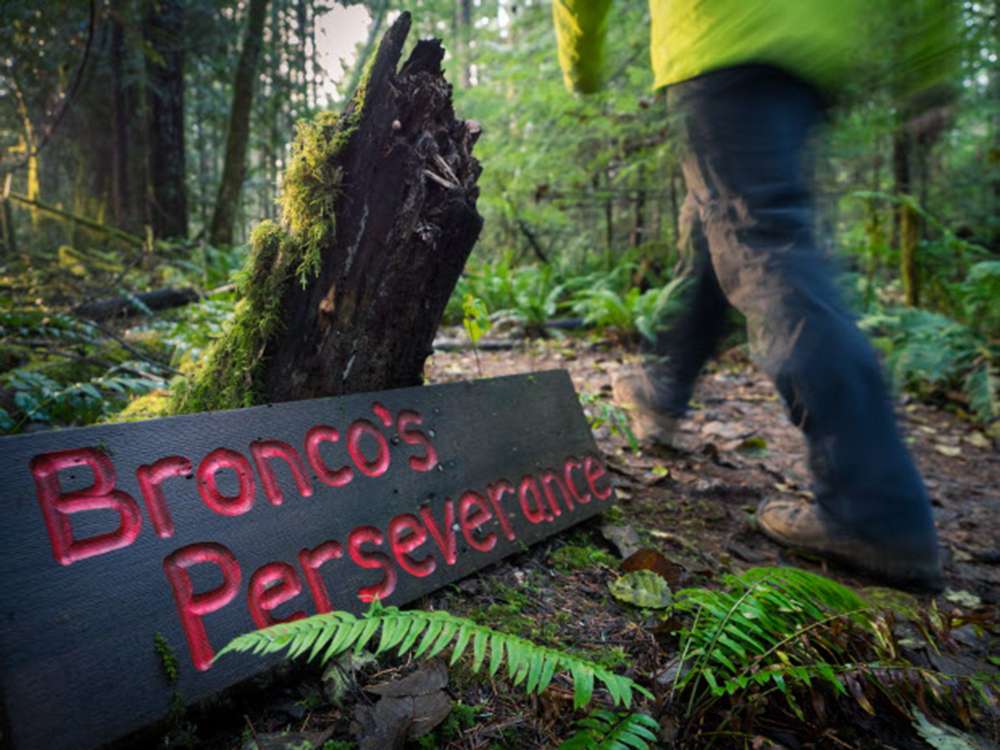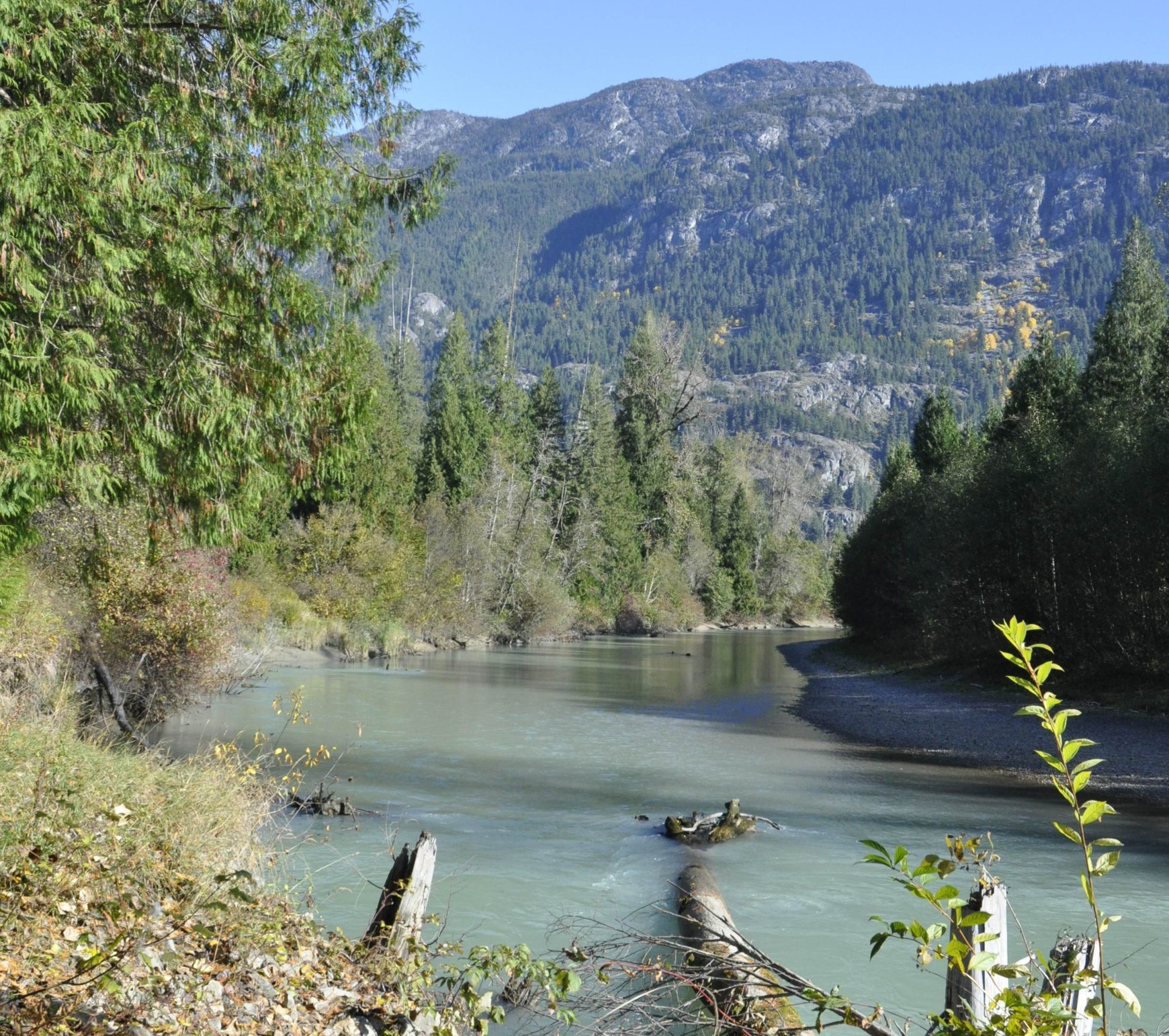
Ryan River Misty Morning by Fernando Lessa
Crossing through the Pemberton Valley just got a little more secure for the dwindling population of grizzly bears that live in the Squamish-Lillooet region. The Nature Conservancy of Canada and its partners have conserved an 87-hectare (214-acre) ecologically important property along the Ryan River, in Pemberton Meadows.
The Ryan River Conservation Area is extensively used by wildlife, including grizzly bear, deer, beaver and migratory birds. The grizzly bears in this area are considered at risk, designated as being of special conservation concern both provincially and federally. Protecting these undeveloped lands that the bears use to move across the valley is essential for maintaining connectivity between populations.
The new conservation area protects two kilometres of riverfront habitat, as well as seasonally flooded wetlands, a large marsh and forested uplands that contain stands of old-growth cedar, cottonwoods, and hemlock trees. The Canadian Wildlife Service identifies these wetlands as being of the highest ecological quality. The river provides important spawning and rearing habitat for salmon and other fish species. As one of the largest remaining intact private valley-bottom parcels, the conservation of this property safeguards essential and flourishing wildlife habitat from development pressures.
The property had been in Bruce Miller’s family for three generations. Miller grew up exploring the forests and wetlands with his father, developing a love of the land that he, in turn, passed on to his own children, who also grew up playing on and learning from this land. The Miller family was keen to see this property kept natural and intact, and so they chose to work with the Nature Conservancy of Canada to conserve it.
This project has been made possible by the contributions of many funders, including the Government of Canada, through the Natural Heritage Conservation Program, part of Canada’s Nature Fund, the Pemberton Wildlife Association, Habitat Conservation Trust Foundation, the Longhedge Foundation, the U.S Fish and Wildlife Service and several individual donors.
The Pemberton Wildlife Association, Coast to Cascades Grizzly Bear Initiative, and Conservation Northwest provided valuable local insight into the natural values in the Pemberton Valley and contributed input into the Nature Conservancy of Canada’s priorities for conservation action in the area.
The Ryan River Conservation Area is the Nature Conservancy of Canada’s first project in the Pemberton Valley.
“The Pemberton Valley, like so many valleys in BC, is a popular place to live, work and play. This can put a lot of pressure on the natural systems and wildlife in the area. Making conservation one of our priorities in these ecologically rich areas benefits both people and nature. We are grateful to all our partners and donors who came together to enable the creation of the Ryan River Conservation Area. It is a spectacular contribution to conservation in this important area and to our shared future.” – Nancy Newhouse, BC Regional Vice President, Nature Conservancy of Canada
“Our family is very excited to have the opportunity to be part of conserving and protecting this very special property.” – Bruce Miller, landowner
“The Pemberton Wildlife Association is very supportive of the Ryan River project, which preserves outstanding natural wetland and riparian wildlife habitats. Migrant songbirds are a common sight and are known to nest in the area. Streams on the land here are used by cutthroat trout and coho salmon. Grizzly bears have been spotted here in the spring, likely seeking forage after emerging from their dens. For these reasons and many more, this is an important local conservation project, and our club is excited to be a part of it.” – Allen McEwan, president, Pemberton Wildlife Association
“On behalf of the Honourable Jonathan Wilkinson, Minister of Environment and Climate Change, I congratulate the Nature Conservancy of Canada for its creation of the Ryan River Conservation Area in British Columbia. The preservation of this riverfront habitat, with the support of the Government of Canada’s Natural Heritage Conservation Program, will protect biodiversity and ensure that species at risk can thrive for generations to come. With help from partners like Nature Conservancy of Canada, we are making progress toward our commitment of conserving a quarter of Canada’s land and a quarter of its oceans by 2025.” – Patrick Weiler, Member of Parliament for West Vancouver—Sunshine Coast—Sea to Sky Country
“HCTF is proud to support the conservation work of the Miller family, NCC and the partners who are protecting this biologically diverse property for BC’s fish and wildlife. The forest, wetlands and adjacent Ryan River create a unique juxtaposition of habitats that improve conservation outcomes for our bears, birds, trout and multitude of other species. Congratulations to the partners for achieving this project!” – Dan Buffet, CEO, Habitat Conservation Trust Foundation
